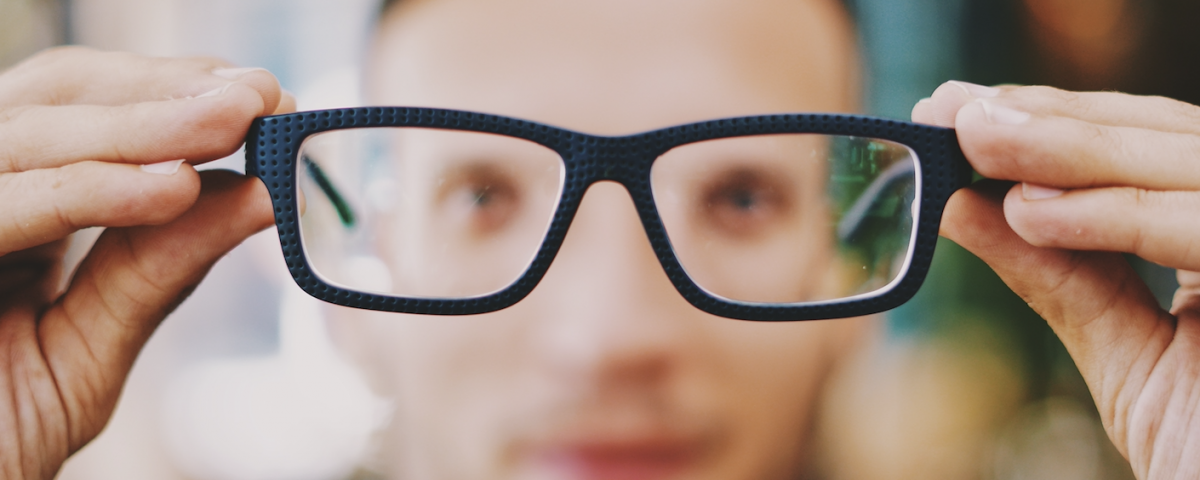
PDAC Convention: where the world’s mineral and metal industry meets
20 marzo, 2018
El papel de la actividad urbanística en el crecimiento y desarrollo de nuestras ciudades.
26 marzo, 2018Mirar al juez durante el alegato, una asignatura pendiente.

Noemí Hernández Merchán. Abogada Asociada.
En los casos de ruptura de la pareja, son muchas las ocasiones en las que se plantea el problema de las mascotas, ¿con quién se quedan?
La Sentencia de 27 de mayo de 2019 dictada por el Juzgado de Primera Instancia nº 9 de Valladolid ya ha dado respuesta a esta pregunta, acordando, respecto del perro adquirido por la que fuera pareja, un régimen de custodia compartida para ambos propietarios.
La primera cuestión que se plantea en la sentencia es si se debe considerar que el perro, como animal de compañía, es, como dice nuestro Código Civil, un bien mueble o semoviente, o se trata por el contrario de un ser dotado de sensibilidad, tal y como lo considera el artículo 13 del Tratado de Funcionamiento de la Unión Europea de 25 de marzo de 1957.
Pues bien, apelando a la proposición de ley sobre el régimen jurídico de los animales de 13 de octubre de 2017, que aún se encuentra en trámite parlamentario, la Sentencia concluye de manera tajante y definitiva que los animales no pueden ser considerados como cosas, sino como seres dotados de sensibilidady que por lo tanto se debe atender siempre a procurar el bienestar de aquellos (en este caso del perro) cuando se discutan cuestiones jurídicas que afecten a su propiedad o al derecho a su uso y disfrute.
Considera el juez que el perro fue adquirido, en su momento por los dos miembros de la pareja aunque el animal figure, por cuestiones administrativas, únicamente a nombre de uno de ellos, concluyendo así que ambos tienen un derecho compartido de uso y disfrute sobre el animal.
Sobre esta base concede a los dos propietarios un derecho de posesión y disfrute compartido del animal que, en este caso, y teniendo en cuenta que uno de ellos se irá a vivir a Alicante, y el otro seguirá residiendo en Valladolid, se desarrollará de forma exclusiva por periodos alternativos de seis meses; la resolución contempla además la posibilidad de que los dueños puedan visitar al perro cuando se encuentre en el domicilio del otro al menos un fin de semana al mes, desde el viernes por la tarde hasta el domingo por la tarde, aplicando a este supuesto las normas y criterios previstos para las crisis matrimoniales.
Lo llamativo de la Sentencia es que la decisión está tomada, no atendiendo a las normas civiles de copropiedad como se ha hecho hasta ahora, sino atendiendo al interés y bienestar del animal, así como el de la familia y de los implicados.
Por último la resolución determina que los gastos de atención sanitaria, veterinario, vacunas y otros extraordinarios sean sufragados al 50% entre los dos propietarios, previa justificación documental de los mismos, mientras que los correspondientes a comida y peluquería, serán asumidos por cada uno de ellos durante el periodo que el perro permanezca en su compañía.
Con este nuevo tratamiento nos acercamos a otros países europeos que también han regulado la condición jurídica de animal como ser sensible y diferenciado de las cosas y de otras formas de vida como las plantas.
Este artículo es informativo y no constituye un asesoramiento personalizado para usted.
Si usted desea resolver una consulta relacionada con esta temática o cualquier otra, puede contactarnos a través de este formulario.





